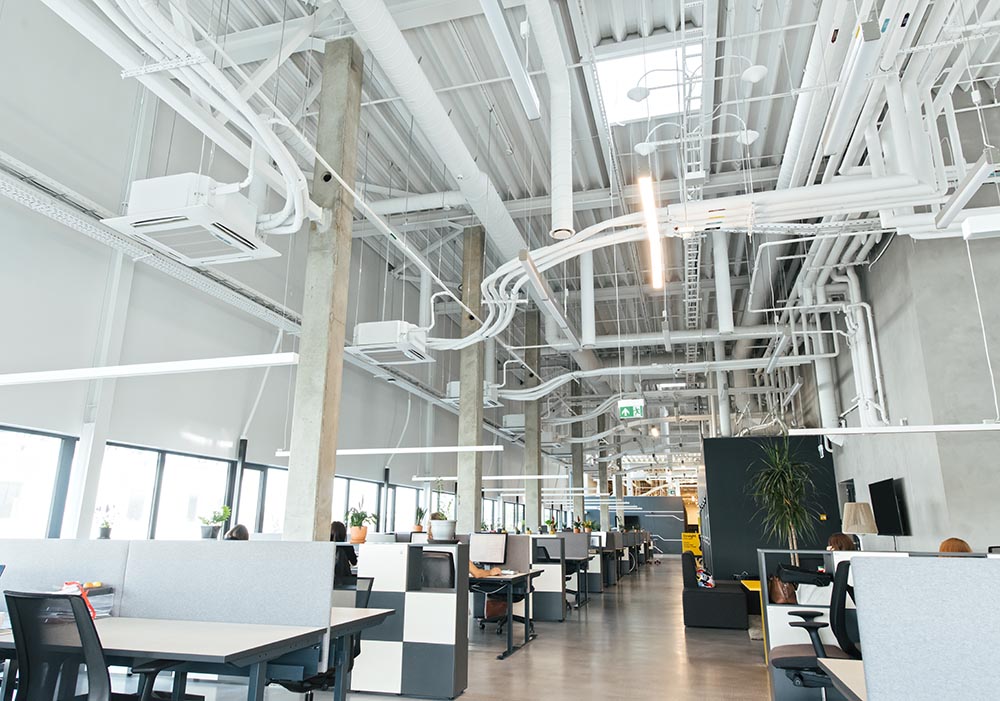
What are the different types of office layouts? What are the main principles? What is the best way to lay out an office?
How you set up your office can speak volumes about the way you run your business, how you and your employees work, and even how welcoming it is to workers and visitors alike. There are many factors to consider from the structure of your building to your budget and the impression that you want to give, and a variety of layouts to suit all requirements.
Optimising your office layout can have a host of benefits for you and your employees, increasing job satisfaction, productivity and even health all at the same time, and making it a fantastic move for your company. Here are some of the key types of layouts to get you started thinking about which would best suit you and your business today.
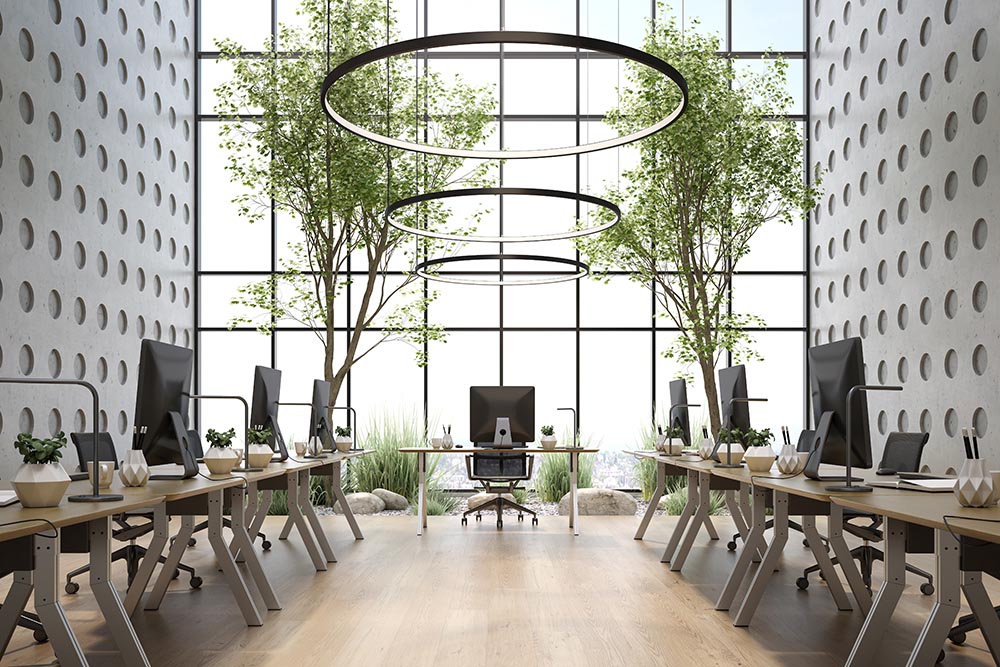
What are the different types of office layouts?
There are a variety of options for how to organise your office space, and you don’t have to pick just one. One of the true joys of rearranging your office space is that you can decide how you want it set out, and if you select the right firm to work with, you can pick and choose what will work best for you. Here are some of the key types available for your office layout:
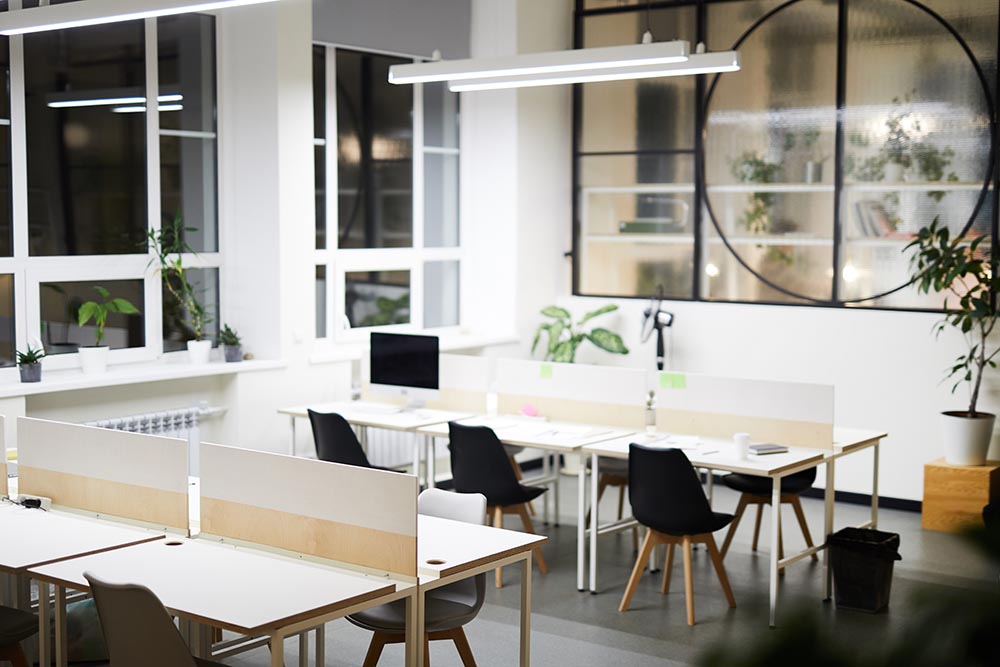
Private offices
As it sounds, this is where your office is split into smaller individual offices for your staff to use. For many businesses, at least some private space is essential to conduct any business that is more sensitive, give clients somewhere to meet and so on. In a post-pandemic world, having individual spaces can be a real benefit as well, though it can also use up a lot of space and resources compared to other options.

Cubicles
One way to separate out your employees without the cost and space of individual offices is through the use of cubicles. The exact nature of the cubicles can depend on what you want to encourage and prevent, with full floor-to-ceiling partitions giving more privacy and also more peace and quiet for your staff. This can also lead to feelings of claustrophobia, however, and the impression of working in a small dark space can have a negative impact on productivity and health.
Alternatively, having half- or partial partitions can allow for more light and the feeling of space as well as allowing for easier communication, but your employees will have to deal with the increase in noise and distractions. There are pros and cons to each type and you should consider these when deciding if cubicles might work in your office.
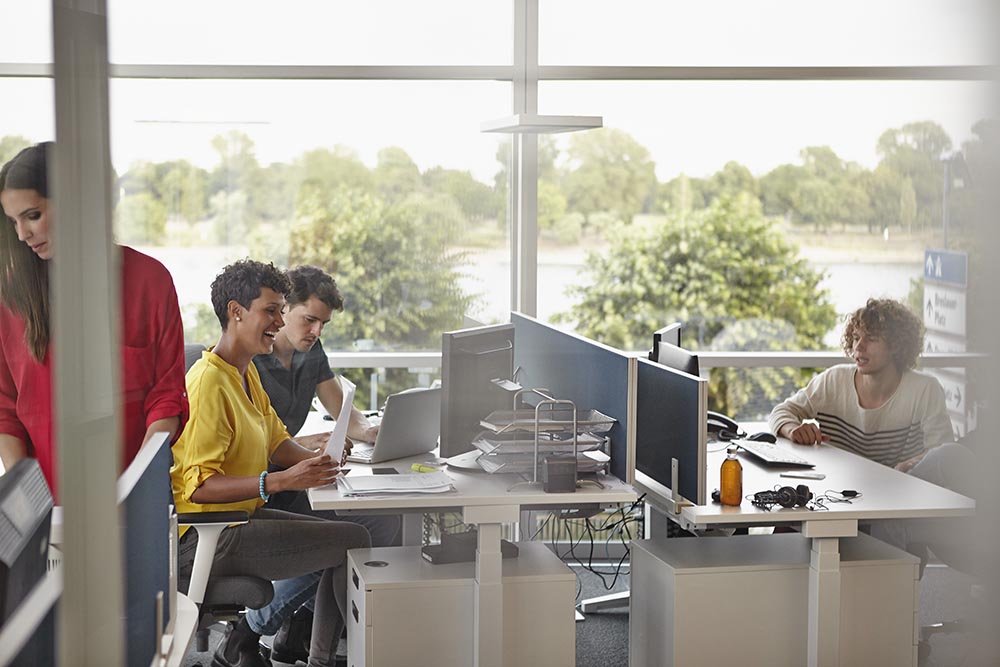
Open office layouts
The next option is to go for something truly open. You can set up your space how you want, with desks grouped by department, equally spaced to give the feeling of more individual work, or really lay it out however you feel is best for your employees.
There are many benefits to this type of layout, primarily that you are using as much of the space as you can, particularly versus private offices, and all of your employees get the most light this way. It can make the room seem more spacious and bright, which can also raise the moods of your employees while they work.

Co-working and shared space
Depending on the kind of work you do and how you think your employees will work best, having a co-working space can be a real boon to your office layout. Whether you choose to simply have a few larger private rooms that groups can book for a few hours or work in for the duration of a project, or separate a part of your open plan for collaborating, this can be a great way to bring people together and get the ideas flowing.
The danger can again be in too many distractions, too much noise and a lack of privacy in this model for every company to set out their office like this all the time, but in the right circumstances it can be a valuable part of your layout.
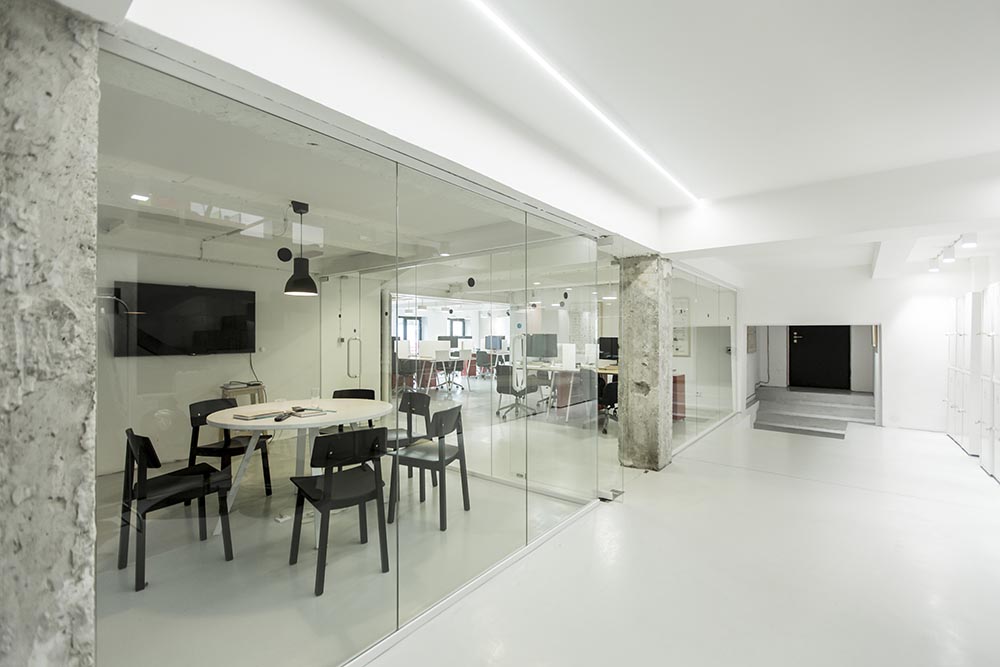
What are the main principles of office layout and design?
Many factors must be considered when choosing your office layout, but the core principles can be broken down into space management, lighting, colour and technology. Each should be a key part of your planning process, starting with space management.

Space management
Many companies will think that they need to expand their current office or find a more spacious new one, when in fact with the right rearranging, their existing space is actually plenty. Working around and with any structural particulars, fitting together desks in a different way or switching to a more open-plan space are all ways to better manage your space and should be integral in any design.
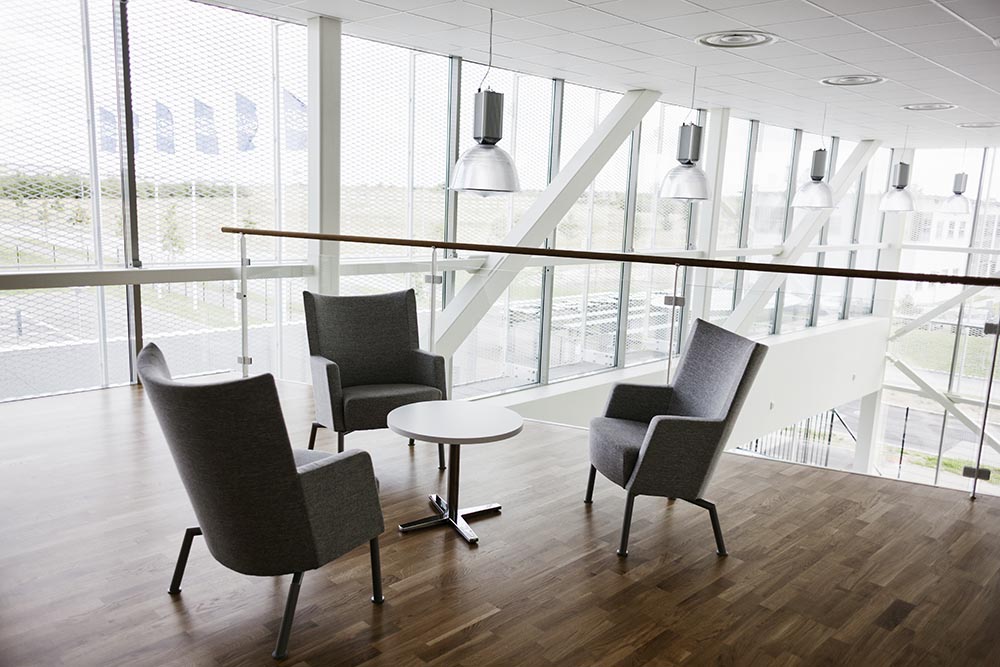
Lighting
A lack of the right kind of light can have a serious impact on your employees and the overall impression given by your office. A dark and dingy space will not inspire anyone to work harder, and will give off a very unwelcoming first impression to any visitors too. The right light is essential to your office and any plans should always reflect that.
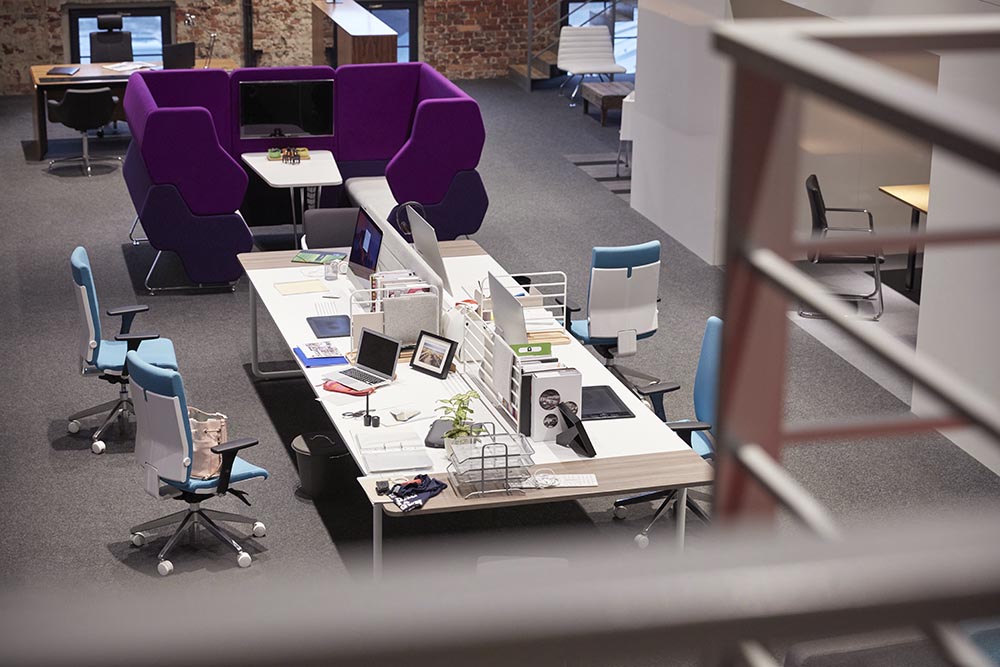
Colour and styles
The colours that you choose also have a huge effect on your employees and visitors alike. Brighter colours can encourage energy but also emotions like anxiety or even anger. Blues and greens can be calming and white clean and bright but also headache-inducing! Make sure you take the time to really think about the right colours for your office before you make any changes.
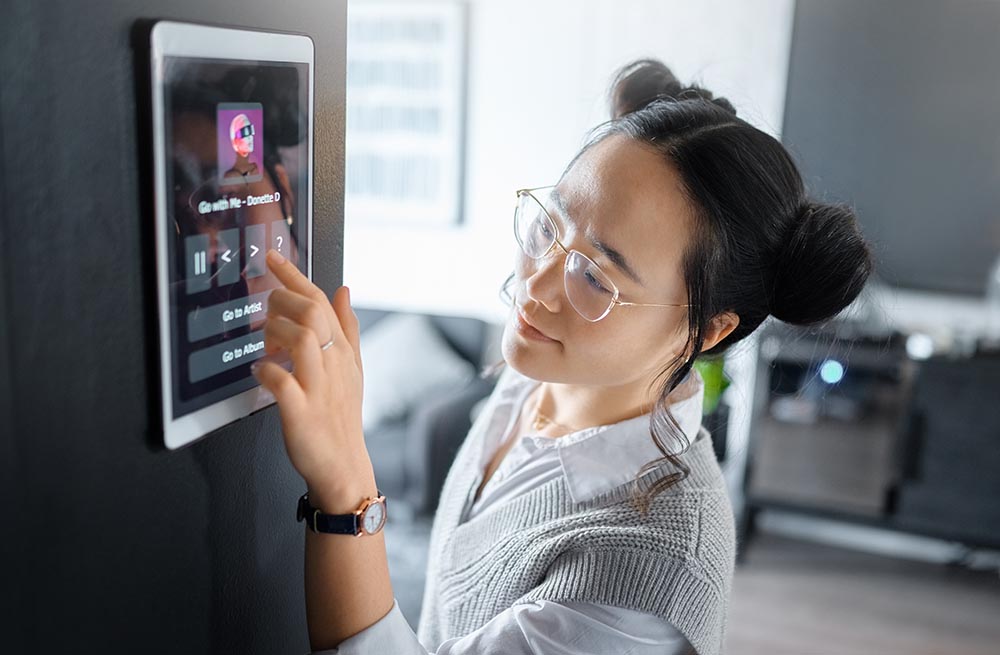
Technology and equipment
Changing your office layout can be a perfect time to change up your equipment as well, swapping old and outdated technology for more modern and streamlined equipment can save space and time in the day too.
What is the best way to lay out an office?
The best way to lay out your office, as mentioned earlier, is to pick and choose the different aspects you think are best suited to your company and your employees’ needs right now. It can be tough to decide everything for yourself, but if you go with a reputable company, for example, a Brisbane based office fitout specialist, they can advise and guide you before making your ideas into your new reality.
Whether you require more private space, or you like the feeling of as much space and light as possible, or you want your employees to have both the illusion of privacy and the impression of a collaborative work environment, the right office layout can help get you there.
If you want to increase productivity, make your staff happier, healthier and ready to give their all at work, and set your office up to reflect your business all at the same time, changing up your office layout could well be the best way to achieve all your goals today.






